Camille Claudel (1864 – 1943) was a French sculptor of talent and genius, a major artist of the late 19th century.
Learning to sculpt
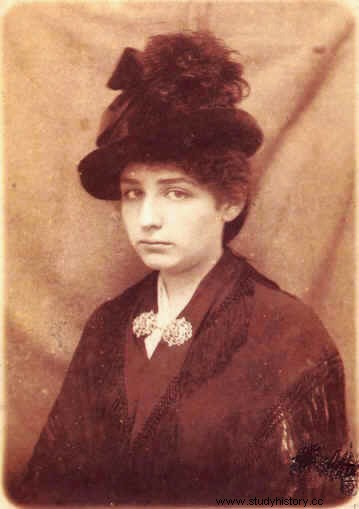 Camille Anastasia Kendall Maria Nicola Claudel was born on December 8, 1864, daughter of Louise-Athanaïse Claudel and Louis-Prosper Vivenne Claudel. His little brother, Paul Claudel, poet, playwright and diplomat, born in 1868, will become a member of the French Academy.
Camille Anastasia Kendall Maria Nicola Claudel was born on December 8, 1864, daughter of Louise-Athanaïse Claudel and Louis-Prosper Vivenne Claudel. His little brother, Paul Claudel, poet, playwright and diplomat, born in 1868, will become a member of the French Academy.
During her adolescence, the Claudel family settled for a few years in Nogent-sur-Seine where she met the sculptor Alfred Boucher and learned about sculpture. Passionate, Camille begins to work with clay, supported by her father but opposed by her mother who does not appreciate this art.
In 1882, she persuaded her family to move to Paris to take lessons and perfect her art with masters, including Alfred Boucher and Auguste Rodin. With other students, she rents a studio on Île-Saint-Louis, where she works.
Rodin
An artistic complicity is immediately established between Auguste Rodin and Camille Claudel, who will mutually influence each other in their art. Auguste will say, about her:"I showed her where to find gold, but the gold she finds is hers". Her art is original, new and intimate and Camille is teeming with new ideas.
The two sculptors maintain a loving, passionate and tumultuous relationship, until Camille, refusing to be seen only as Rodin's pupil, decides to leave him. For ten years, she produced a lot. But the freedom with which she sculpts the nudes, shocking at the time coming from a woman, prevents her from having commissions from the State and Camille lives in misery.
Thirty years of internment
Closing herself in solitude, Camille Claudel gradually sank into madness and, after the death of her father in 1913, her family had her interned in the Ville-Évrard asylum, where she remained for 30 years, without receiving a single visit. of his mother or sister. Only her brother Paul will visit her several times. Camille is unhappy in the asylum and stops sculpting. On several occasions, she wrote to her family to complain about her conditions of internment. His admirers and Auguste Rodin were indignant at this internment; a press campaign was launched against this internment, qualified as a "clerical crime", accusing in particular Camille's family of wanting to get rid of her. Rodin tries to improve his conditions of internment, but without success.
In 1943, Camille Claudel died at the age of 78, probably due to malnutrition in the asylum. Considered a major artist of the late 19 th century, it leaves about fifty sculptures.
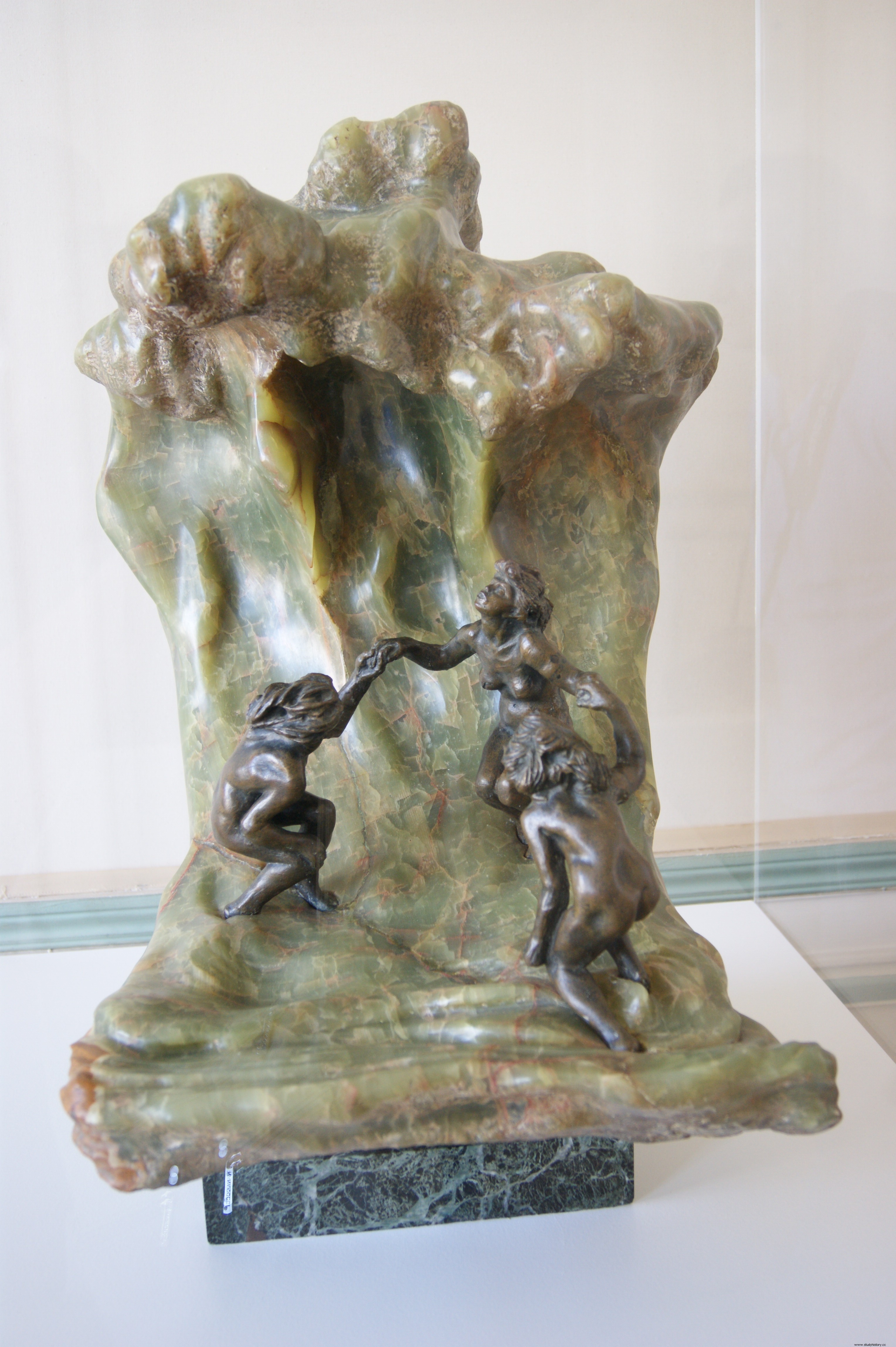 Camille Claudel – The Wave 1897 – © Lomita
Camille Claudel – The Wave 1897 – © Lomita 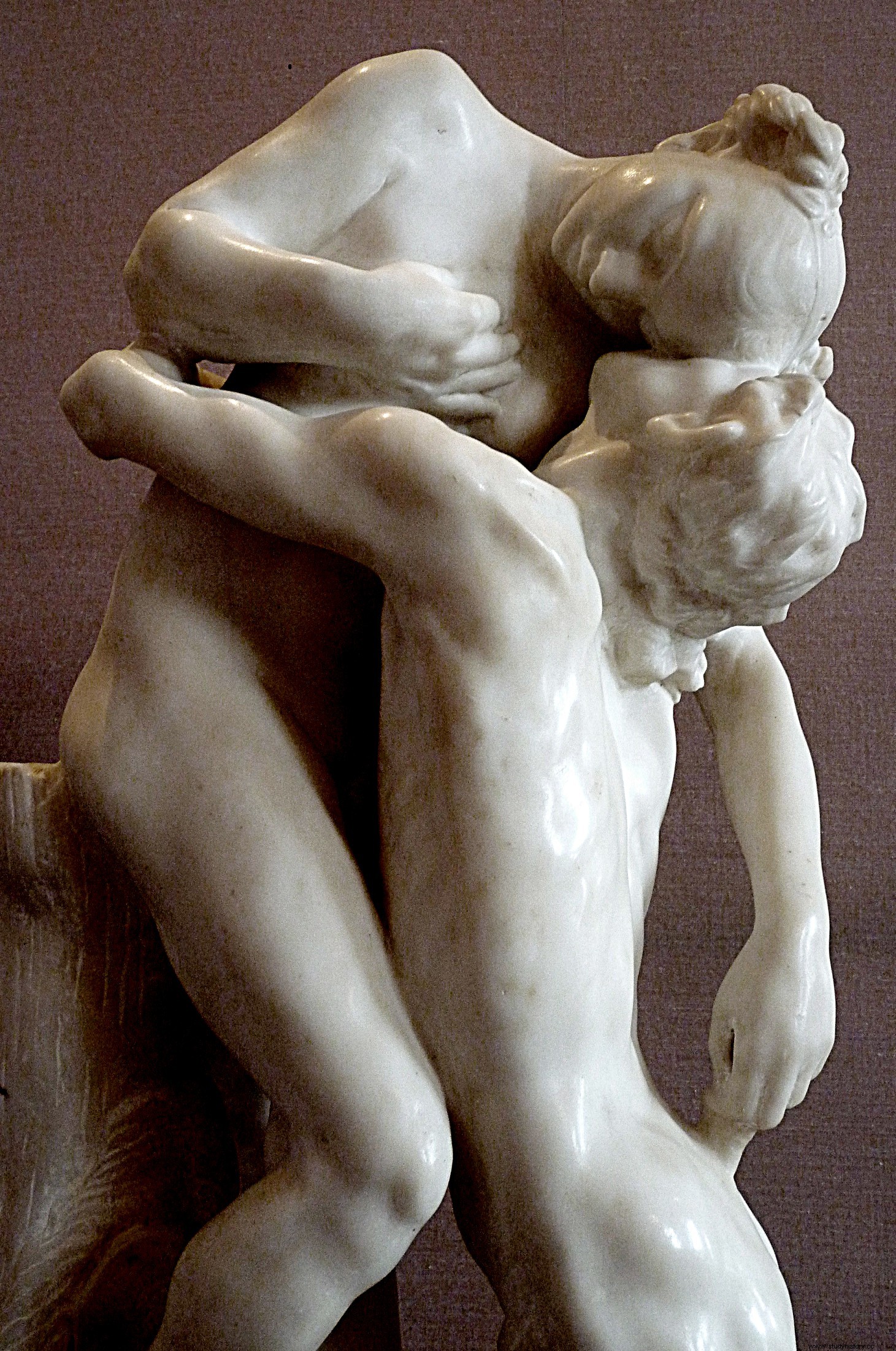 Camille Claudel, Sakountala, sculpture (Marble), 1905
Camille Claudel, Sakountala, sculpture (Marble), 1905 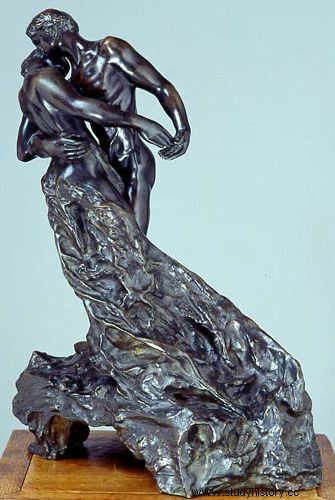 Camille Claudel – The Waltz
Camille Claudel – The Waltz 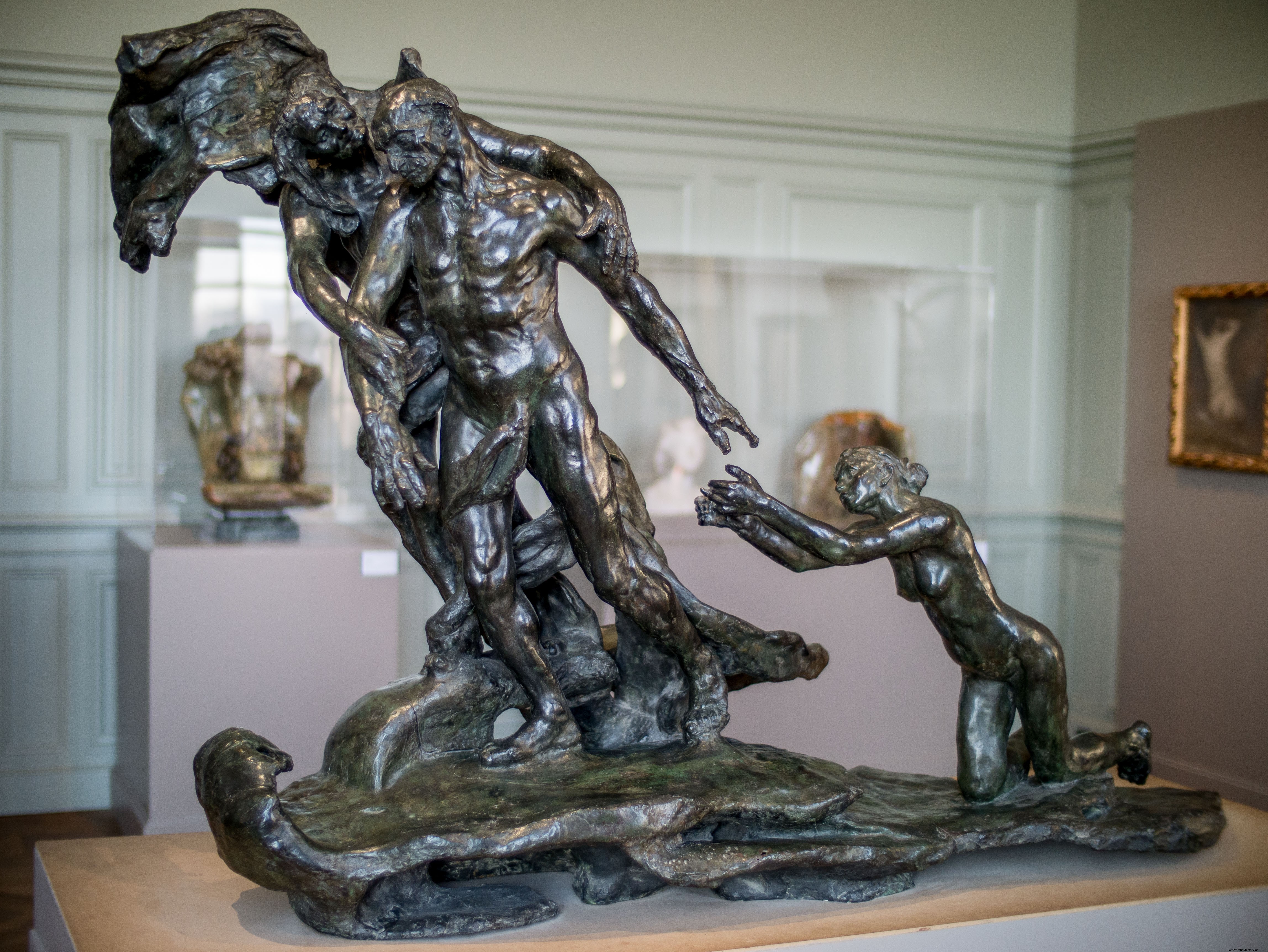 Camille Claudel, “The Mature Age”, 1899 – © Thibsweb
Camille Claudel, “The Mature Age”, 1899 – © Thibsweb Useful links
The Camille Claudel association
The works of Camille Claudel
